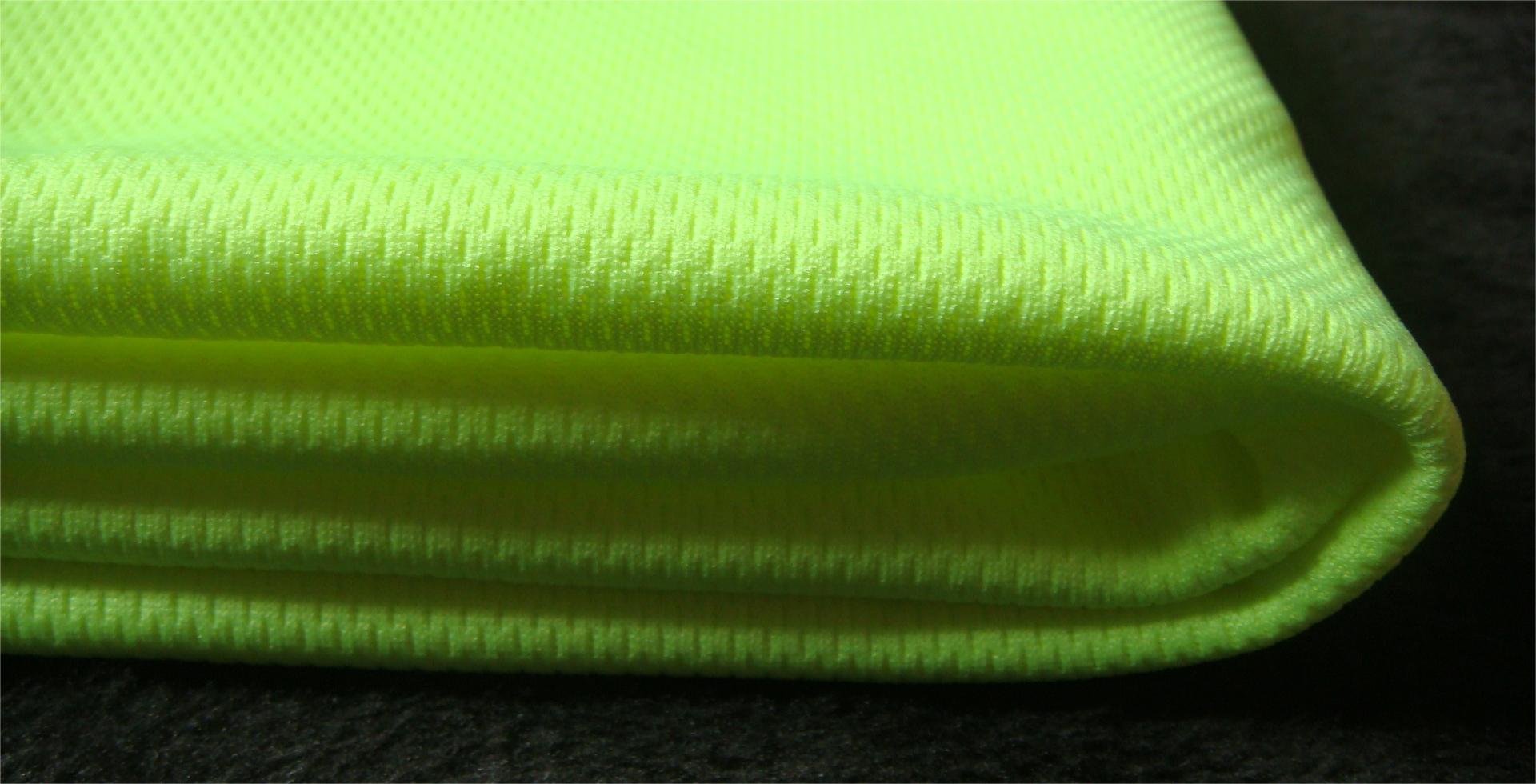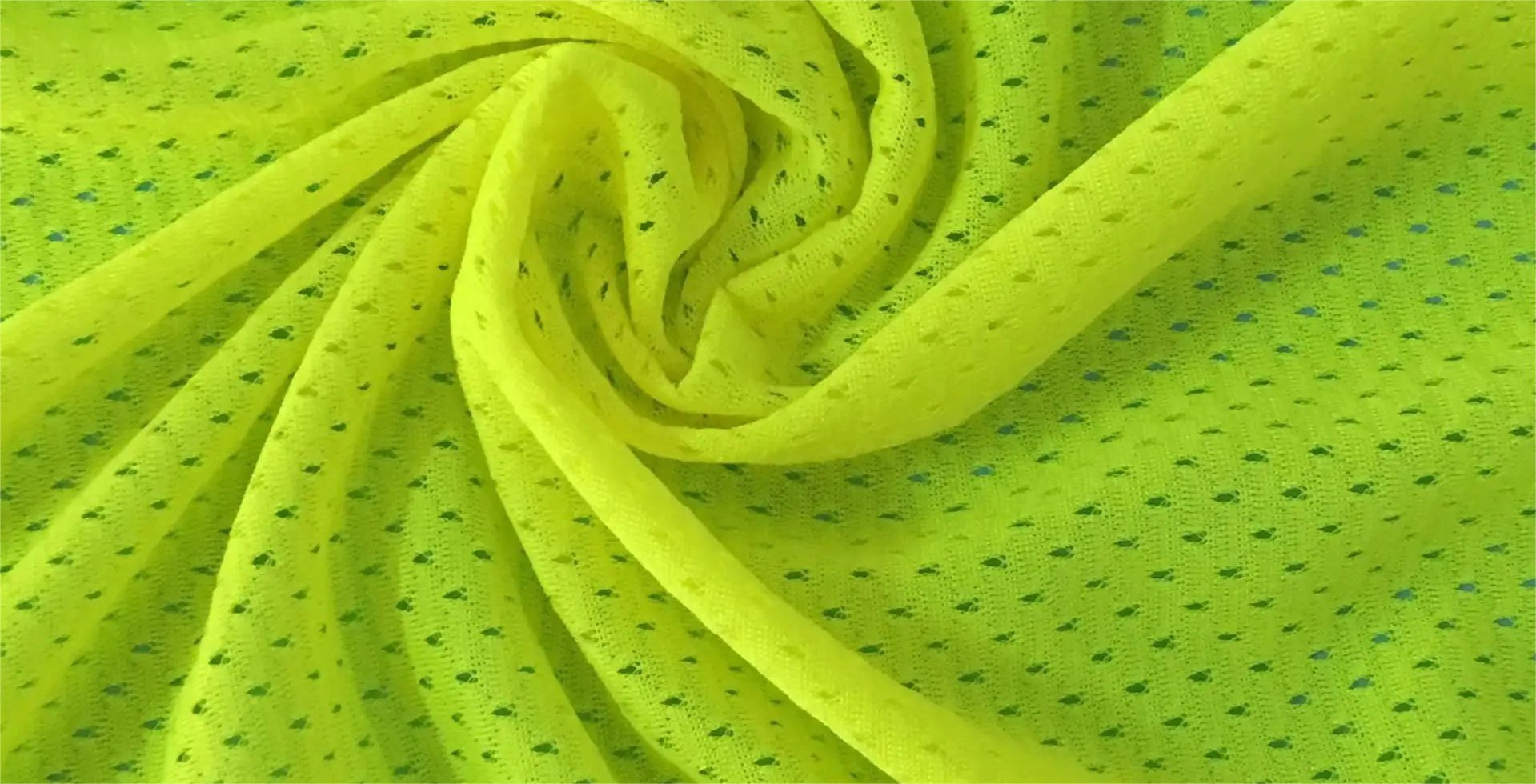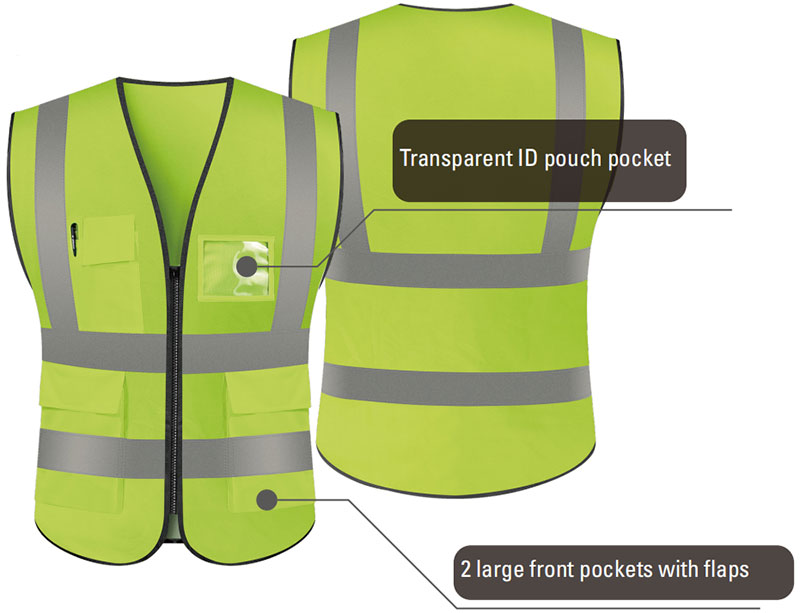What material are hi-vis vests made from?
Hi-vis vests play a crucial role in various work environments, especially in places that require high visibility and safety, such as construction sites, road work, warehouse operations, and emergency rescue situations. These vests enhance the visibility of the wearer, significantly reducing the risk of accidents and ensuring workplace safety. This article will explore the composition of hi-vis vest materials, analyzing their characteristics and benefits to help you better understand how these vests provide safety in different work environments.

Types of Materials Used
Polyester
Polyester fiber is a commonly used material in hi-vis vests, favored for its durability, wrinkle resistance, and lightweight nature. Polyester materials exhibit excellent abrasion resistance, maintaining good condition in various harsh working environments without damage. Additionally, polyester fibers resist wrinkling, keeping the vest looking neat, and their lightweight nature ensures comfortable wear, reducing the burden during long working hours. Therefore, polyester fiber is commonly used in the overall structure of hi-vis vests and parts that require frequent washing and maintenance.

Cotton
Cotton is a natural fiber material known for its comfort and breathability, often used in the lining or specific areas of hi-vis vests. Cotton materials have excellent moisture absorption, keeping the wearer dry and comfortable in high-temperature environments. Furthermore, cotton's breathability enhances air circulation, further improving the wearing experience. Hence, cotton is primarily used in areas of hi-vis vests that require increased comfort and breathability, such as the lining and shoulder areas.
Polyester Mesh Fabrics
Polyester Mesh fabrics are widely used in hi-vis vests due to their breathability and lightweight nature.Polyester Mesh fabrics provide good ventilation, helping the wearer stay cool in hot weather and reducing discomfort caused by sweating. The lightweight mesh structure not only enhances overall comfort but also reduces the weight of the vest, making it suitable for long-term wear. Therefore, Polyester mesh fabrics are an ideal choice for hi-vis vests in high-temperature environments, commonly used on the sides and back areas requiring high breathability.

Reflective Materials
Reflective materials are the most crucial component of hi-vis vests, significantly enhancing the wearer's visibility in low-light conditions. Common reflective materials include glass beads and reflective strips, which reflect light to keep the vest visible in the dark. Glass bead materials reflect light through tiny glass spheres, creating a strong light reflection effect, while reflective strips use special coating technology to reflect light back towards the light source, increasing visibility in nighttime or low-light environments. These reflective materials are usually sewn or attached to the front, back, and sides of the vest, ensuring optimal reflective effects from any angle.
Material Properties and Benefits
Durability
The materials used in hi-vis vests exhibit excellent durability, ensuring long-term use in various work environments without damage. Polyester fibers have high abrasion and tear resistance, suitable for use in harsh environments like construction sites and road work. Cotton materials, although soft and comfortable, maintain good condition in scenarios requiring frequent washing. Mesh fabrics combine lightweight and durability, performing well in environments requiring frequent movement and ventilation. Reflective materials, such as glass beads and reflective strips, despite requiring special coatings and processes, maintain good durability in daily use, providing high reflectivity in low-light conditions over the long term.
Visibility
The core function of hi-vis vests is to improve the visibility of the wearer, especially in low-light conditions. Reflective materials play a key role in this aspect. Glass beads and reflective strips reflect light, making the wearer visible from a distance in nighttime or dim environments, significantly enhancing safety. The bright designs of polyester fibers and mesh fabrics, such as fluorescent yellow or fluorescent orange, also provide high visibility during the day, ensuring the wearer can be clearly seen in any lighting condition.
Comfort and Fit
The choice of different materials directly affects the comfort and fit of hi-vis vests. Cotton materials provide a good wearing experience due to their softness and breathability, making them particularly suitable for long working hours. Mesh fabrics, with their lightweight and high breathability, keep the vest cool even in hot weather. Although polyester fibers are slightly stiffer, their lightweight and wrinkle-resistant properties ensure comfort in scenarios requiring frequent movement. Additionally, vest designs typically consider ergonomics, using adjustable straps and elastic materials to ensure a good fit and ease of movement.
Maintenance
The materials of hi-vis vests have distinct characteristics in terms of cleaning and maintenance. Polyester fibers are durable and easy to clean, usually machine washable, but should avoid high-temperature drying to prevent structural damage. Cotton materials require mild detergents and proper drying methods to maintain their softness and extend their lifespan. Mesh fabrics need careful handling to avoid tearing or mechanical damage; hand washing or using a laundry bag for machine washing is recommended. Reflective materials need special care, avoiding strong cleaners or abrasion to prevent damage to the reflective coating and maintain their reflective effectiveness. Regular inspection and proper maintenance can extend the lifespan of hi-vis vests and keep them performing at their best.
Conclusion
The choice of materials for hi-vis vests is crucial in ensuring safety and comfort. Polyester fibers, cotton, mesh fabrics, and reflective materials each have unique characteristics and advantages, providing durability, visibility, comfort, and easy maintenance for hi-vis vests. Choosing the right materials can enhance workplace safety and improve wearer comfort and productivity.
In the future, with advancements in technology and materials science, the materials of hi-vis vests will become more diverse and advanced. For example, the application of eco-friendly materials will further reduce environmental impact, while the emergence of smart textiles may bring more functionality and interactivity. Additionally, new reflective technologies and materials will continue to improve visibility, providing higher safety guarantees for workers in high-risk environments.
Understanding and choosing the right materials for hi-vis vests is of great significance in ensuring workplace safety and enhancing wearing comfort. Looking ahead, the materials of hi-vis vests will continue to innovate and advance, bringing better protection and experience to users.





